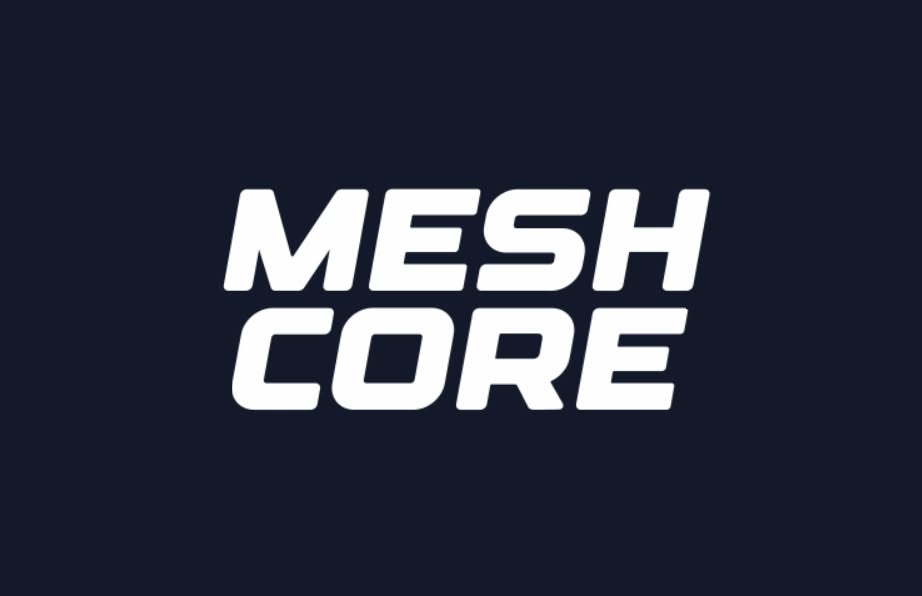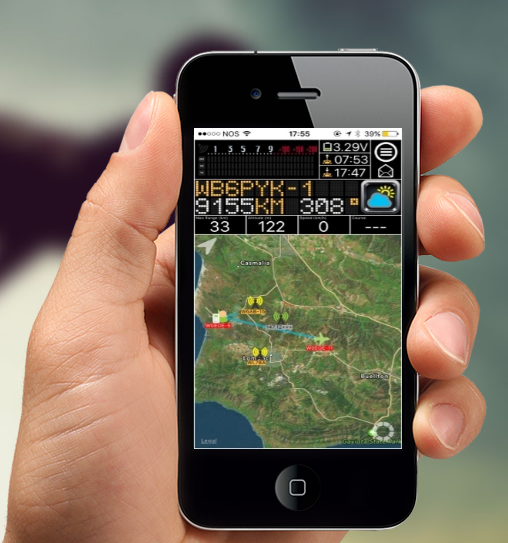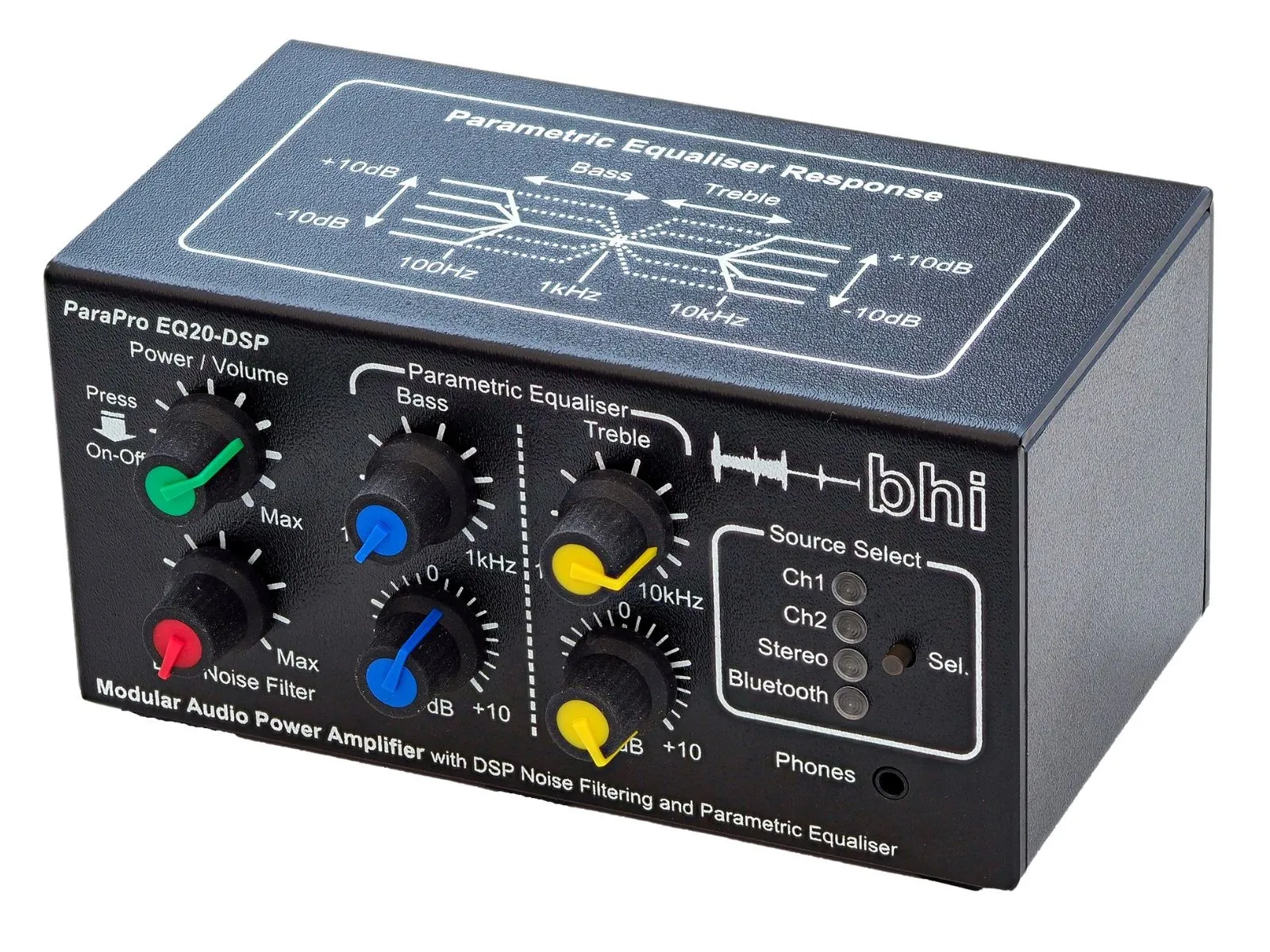amateur radio
bluetooth
embedded
ham radio
internet of things
LoRa
mesh network
meshcore
radio amatur
udp
cbor, decentralizedcommunication, disasterresponse, diywireless, embeddednetworking, encryptedmesh, esp32, floodrouting, hybridmesh, IoT, lora, lowbandwidthnetwork, meshcore, meshnetwork, MicroController, opensourcenetworking, p2pcommunication, protobuf, securecommunication, telemetry
9M2PJU
0 Comments
How MeshCore Works
As digital communication networks evolve, there’s growing demand for decentralized, low-bandwidth, and resilient systems that work independently of centralized infrastructure. MeshCore is one such project—designed to be a lightweight, modular mesh networking protocol and stack intended for constrained environments such as off-grid, IoT, or disaster scenarios.
In this article, we explore how MeshCore works, the technology powering it, and its place in the broader ecosystem of mesh-based communication solutions.
What Is MeshCore?
MeshCore is a minimalistic, open-source mesh networking stack built for embedded systems, microcontrollers, and other resource-constrained environments. Unlike full-featured mesh frameworks like BATMAN, OLSR, or Serval, MeshCore is focused on:
- Compact size and low resource usage
- Platform-agnostic design
- Reliable packet forwarding and peer discovery
- Security and encryption
- Flexibility for telemetry, messaging, and control
It aims to be modular and embeddable in devices such as LoRa radios, ESP32s, and even Linux-based SBCs (like Raspberry Pi or BeagleBone).
Core Design Principles
MeshCore is designed around four fundamental principles:
- Simplicity: Codebase and architecture are kept minimal to allow rapid deployment and easy porting.
- Deterministic Routing: Basic hop-based routing with unique node IDs and message deduplication.
- Security First: All payloads are end-to-end encrypted using modern cryptographic standards.
- Transport Agnostic: MeshCore can run over any bidirectional transport—LoRa, Wi-Fi, serial, UDP, Bluetooth, or RF modules.
Architectural Components
1. Node Identification and Discovery
Each MeshCore node has a unique identifier (usually a SHA-256 hash of a key or MAC address). Upon startup, nodes announce their presence through periodic Hello packets, which include:
- Node ID
- Capabilities (e.g., relay, endpoint)
- Last seen timestamp
- Battery/health metrics (optional)
Neighbor tables are maintained to keep track of reachable peers and their hop distances.
2. Routing and Packet Forwarding
MeshCore uses a flooding-based routing algorithm with intelligent filtering:
- Every message includes a unique sequence number and origin ID.
- Nodes only forward packets they haven’t seen before (deduplication).
- Optional TTL (time-to-live) limits excessive propagation.
- Relay nodes can be configured for backbone/bridge roles.
This mechanism ensures message delivery across multiple hops without requiring a full routing table or graph computation.
3. Encryption and Authentication
MeshCore prioritizes end-to-end encryption, even in lossy and low-bandwidth networks:
- Payloads are encrypted using AES-256-GCM or ChaCha20-Poly1305.
- Optional identity verification via public key signatures.
- Channel keys are pre-shared or provisioned via QR/NFC.
Messages between nodes are opaque unless decrypted by a valid key holder, ensuring privacy even over public airwaves.
4. Payload and Application Layer
MeshCore is designed to support various payload types:
- Text messages (compressed)
- Telemetry frames (sensor data, GPS, voltage)
- Ping/ack packets for latency and reachability testing
- Command/control messages for remote configuration
Messages are serialized using lightweight formats such as CBOR or protobuf to minimize bandwidth use.
Transport Flexibility
One of MeshCore’s strengths is its transport-agnostic design. It can run on:
- LoRa (via SPI/UART)
- Bluetooth LE
- Wi-Fi broadcast or ad hoc
- Serial (USB or UART)
- UDP over IP
This modularity allows deployment in hybrid networks combining long-range and high-throughput links.
Use Cases and Deployment Models
MeshCore is suited for a wide range of scenarios:
- Off-grid communication for outdoor expeditions or emergency response
- IoT sensor mesh in agriculture or environmental monitoring
- Remote infrastructure control in industrial or maritime settings
- Educational networks for teaching decentralized protocols
Nodes can be configured as:
- Edge devices (e.g., sensors, GPS trackers)
- Relays/repeaters (e.g., solar-powered LoRa nodes)
- Gateways (e.g., Linux node bridging to MQTT/cloud)
Tools and Interfaces
MeshCore is designed for embedded integration but includes optional interface tools:
- MeshCLI: A cross-platform command-line tool for configuration, status, and packet injection.
- MeshUI: A lightweight web-based dashboard (if hosted on a capable device).
- Serial Console: For bare-metal or microcontroller environments with debugging output.
It also supports optional integration with:
- MQTT brokers
- InfluxDB for telemetry
- Grafana for visualization
Differences Between MeshCore and Meshtastic
While both MeshCore and Meshtastic are mesh-based, open-source communication projects designed for decentralized communication, they serve different roles and are built with distinct design goals.
Here’s a breakdown of the major differences:
| Feature / Characteristic | MeshCore | Meshtastic |
|---|---|---|
| Purpose | General-purpose mesh networking for embedded systems, telemetry, control | Text/GPS messaging over LoRa for off-grid users |
| Target Users | Developers, embedded engineers, IoT integrators | Outdoor enthusiasts, emergency preppers, hams |
| Transport Layer Support | Modular: supports LoRa, BLE, Wi-Fi, Serial, UDP | LoRa only |
| Hardware Dependency | Platform-agnostic (can run on many MCU platforms) | Primarily ESP32-based devices with Semtech LoRa |
| Encryption Support | End-to-end with AES-256-GCM or ChaCha20-Poly1305 | AES-256 (pre-shared key per channel) |
| Routing | Basic flooding with TTL, deduplication, hop limit | Optimized flooding with mesh filtering and dedup |
| Modularity | Highly modular and embeddable stack | Full firmware package for supported boards |
| App Ecosystem | Minimal (CLI, optional UI/dashboard) | Rich UI via Android/iOS apps and MQTT integration |
| Extensibility | Designed for deep integration into larger systems | Focused on simplicity and out-of-the-box use |
| Message Types | Text, telemetry, control frames, custom packets | Text, GPS, telemetry, node metadata |
| Bandwidth Optimization | CBOR or Protobuf optional, user-defined | Protobuf used by default |
| Internet Bridging | Manual integration via MQTT or custom code | MQTT gateway support built-in |
Summary of Key Differences
- MeshCore is modular: It’s a barebone networking core designed for developers to integrate into diverse environments—not a complete out-of-the-box product like Meshtastic.
- Meshtastic is user-friendly: It is consumer-focused, offering a polished experience with pre-built firmware, mobile apps, and easy configuration for outdoor and emergency communication use cases.
- Transport options: While Meshtastic is LoRa-only, MeshCore is transport-agnostic—making it suitable for hybrid or mixed medium deployments (e.g., LoRa + UDP).
- Flexibility vs Convenience: MeshCore trades ease-of-use for flexibility and deeper system-level integration, while Meshtastic prioritizes ease of deployment and real-time user messaging.
If your goal is to build a custom mesh communication solution, integrate with existing embedded platforms, or experiment with different physical layers—MeshCore is a better fit.
If you want an out-of-the-box messaging tool for off-grid communication with GPS and smartphone integration—Meshtastic is the better choice.
Comparison with Similar Projects
| Project | Transport | Routing | Encryption | Use Case Focus |
|---|---|---|---|---|
| MeshCore | Any (LoRa, BLE, UDP) | Flooding + TTL | AES-256 / ChaCha20 | Embedded / IoT / Hybrid |
| Meshtastic | LoRa | Smart flooding | AES-256 | Text / GPS Messaging |
| Serval Mesh | Wi-Fi | MANET | TLS | Voice / File Sharing |
| Reticulum | Any (serial, LoRa) | RNS protocol | Optional | Mesh-based routing stack |
Limitations
MeshCore is designed for constrained environments, so it intentionally avoids:
- High throughput traffic (e.g., video, voice)
- Complex routing like DSR or OLSR
- Large node count optimizations
- Automatic internet bridging (must be configured manually)
Final Thoughts
MeshCore offers a practical and minimalistic approach to decentralized communication. Its transport-agnostic, encryption-focused design makes it highly suitable for developers and system integrators building robust off-grid networks, whether in a forest, on a farm, or across an ad hoc urban deployment.
If you’re looking for a mesh framework that prioritizes simplicity, interoperability, and efficiency, MeshCore is a compelling option.
To explore the project, visit the official GitHub repository, review the documentation, and consider contributing to this growing open-source ecosystem.







Post Comment